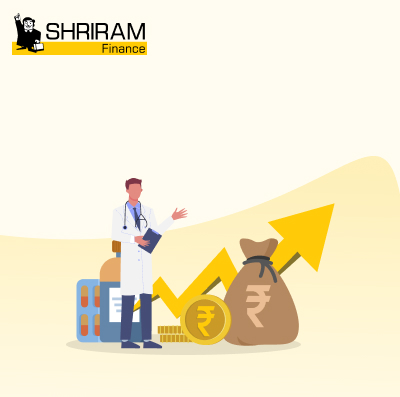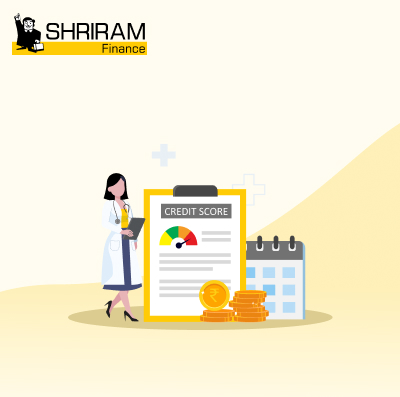Dairy farming is an important part of agriculture, providing milk and dairy products to millions of people. However, running a dairy farm requires money to buy livestock, feed, and equipment. Many farmers do not have enough funds, so they take dairy farm loans to improve their farms.
These loans help increase milk production and help adopt better farming practices. When used wisely, they support sustainable agriculture by reducing waste and protecting natural resources. But what is the impact of low-interest loans for dairy farmers on sustainable agriculture? Let’s explore:
How Dairy Farm Loans Help in Sustainable Agriculture
Loans for dairy farmers generally help farmers in different ways. These dairy farm equipment loans allow farmers to buy better animals, feed, and equipment. Below are some key areas where these organic dairy farming loans support sustainable agriculture:
1. Buying Higher Quality Cattle
Good dairy farming typically starts with getting healthy and productive animals. Healthy animals generally live longer and give more milk. Many small dairy farmers often have local breeds that do not produce much milk daily. With dairy farm loans, the farmers can buy superior crossbred or exotic cattle that typically yield more milk. Higher-quality cattle would enable farmers to maintain fewer animals while producing the same total milk. This can reduce land usage, waste, and the overall environmental impact.
2. Investing in Improved Animal Nutrition
Cattle need proper nutrition from their feed to stay healthy and productive. Many small dairy farms rely on feeding animals just grass or leftover crop residue, which usually does not provide complete nutrition.
With organic dairy farming loans, farmers could invest in higher-quality cattle feed and nutrient supplements. Well-fed animals tend to produce more milk while needing fewer medicines and interventions. This can help make dairy farming more natural and ecologically sustainable.
3. Purchasing Modern Equipment
Most small-scale dairy farmers milk animals manually, which takes more time and effort. Manual milking also carries risks of infected udders and contaminated milk. With loans for dairy farmers, farmers could purchase modern, automated milking machines that are more hygienic and efficient. Using such equipment saves time and energy during milking. It also ensures milk production is more efficient and has lower wastage.
4. Implementing Eco-Friendly Farming Practices
Sustainable dairy farming aims to utilise resources judiciously. Dairy loans can help farmers implement eco-friendly practices on their farms. For instance, loans can fund equipment that saves water and electricity in cleaning sheds and feeding cattle. Farmers could also install biogas plants to produce energy from cow dung and other organic waste.
Dairy farms typically generate considerable organic waste, which causes pollution. However, the right investments can convert this waste into useful manure, fuel, and energy.
5. Adopting Renewable Sources of Energy
Electricity costs are often high for operating dairy farms. While many farmers use non-renewable energy sources, dairy loans can help them shift to solar, wind or biogas energy, which is self-generated through renewable means.
This helps alleviate electricity expenses and makes dairy farming ecologically cleaner. Using renewable energy rather than fossil fuels also greatly reduces a farm's carbon footprint and environmental impact.
6. Expanding Milk Processing Facilities
Many dairy farmers sell raw milk to local markets, which have a short shelf life. With loans, farmers could expand into processed dairy products like cheese, yoghurt, and butter, which have longer shelf lives and higher value.
Processing milk into products allows for preserving surplus milk and reducing wastage while increasing farmers’ profits. Localised dairy processing also has lower transportation needs, further cutting carbon emissions.
7. Building Better Milk Storage Infrastructure
Proper milk storage facilities are vital for keeping large volumes of milk fresh for longer. Lack of refrigeration leads to heavy milk spoilage and wastage. With financial support, dairy farmers could build bulk milk cooling tanks and cold storage infrastructure. This preserves milk quality for days, allowing farmers to sell it at favourable rates rather than in distress sales.
8. Accessing Quality Veterinary Services
Dairy animals require regular health check-ups and prompt treatment, which can be expensive. With loans, farmers can improve access to quality vaccines and veterinary services. This enables timely diagnosis and treatment of cattle diseases.
Healthier animals generally require fewer medical interventions and give higher milk yields. Thus, dairy loans can indirectly make dairy farming more sustainable.
Risks and Challenges in Dairy Farm Financing
While dairy farm loans are beneficial, they also come with a few risks and challenges. Farmers need to use these loans carefully. If they do not manage them well, they can face financial problems.
1. Limited Financial Literacy
Many small dairy farmers typically have limited financial literacy. They may borrow more money than required or use loans for non-essential expenses. Without proper financial planning around loan use and repayments, farmers can struggle with defaults.
2. Vulnerability to Climate Risks
Dairy farming depends heavily on favourable weather conditions. Extreme events like droughts or floods can drastically reduce milk output. If farmers have existing loans and face weather-related losses, loan repayment can become almost impossible.
3. Uncertainty in Milk Prices
Milk prices tend to be volatile and unpredictable. Sometimes, market rates drop suddenly, and farmers do not get good value for effort. In times of severe market downturns, farmers' earnings may be insufficient to cover high loan repayment amounts.
Conclusion
Dairy farm loans play a crucial role in helping farmers improve their operations and adopt sustainable agricultural practices. These loans allow farmers to buy better-quality cattle, invest in nutritious feed, and purchase modern equipment that increases efficiency and reduces waste. They also help in adopting eco-friendly practices like using renewable energy sources, proper waste management, and improving storage and processing facilities to reduce spoilage and increase profits.
However, farmers must manage these loans wisely. Without proper financial planning, they may face difficulties due to unexpected challenges like climate change or fluctuating milk prices. Despite these risks, when used effectively, dairy farm loans can significantly contribute to sustainable agriculture by making dairy farming more productive, environmentally friendly, and economically stable.































